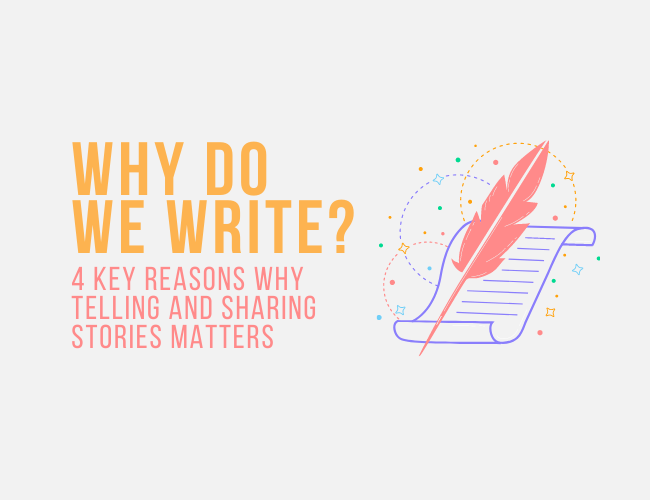
by Joe Bunting |
Why do we write? Non-fiction and fiction writing has been an instrumental way for people to connect to one another in the real world.
Stories are about change, and by reading and watching them we, ourselves, can change for the better.
But do people write for different reasons, and are some of those reasons more meaningful than others?
Are you sitting at your computer right now, possibly plunging through your first draft (or much later draft), and debating whether or not a writing career is the one for you?
Do you wonder if the written word is how you’ll make your mark on the world—and if it is, is a writing career what you want in life?
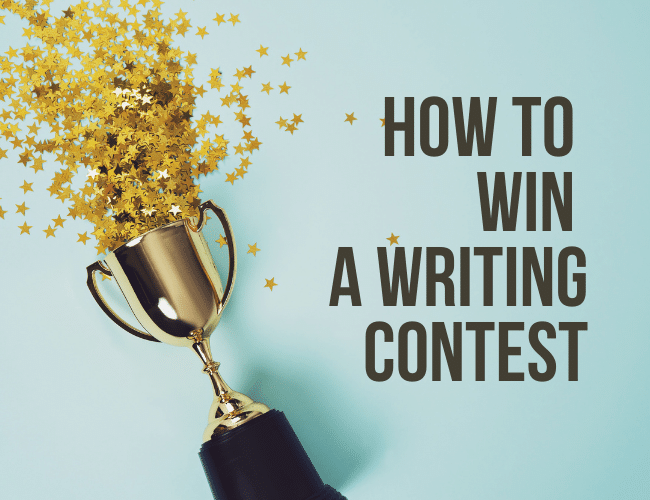
by Joe Bunting |
Why do people enter writing contests? Some enter to get practice submitting. Others enter to motivate themselves to finish their stories.
But there’s one thing nearly everyone who enters a writing contest wants…
To win.
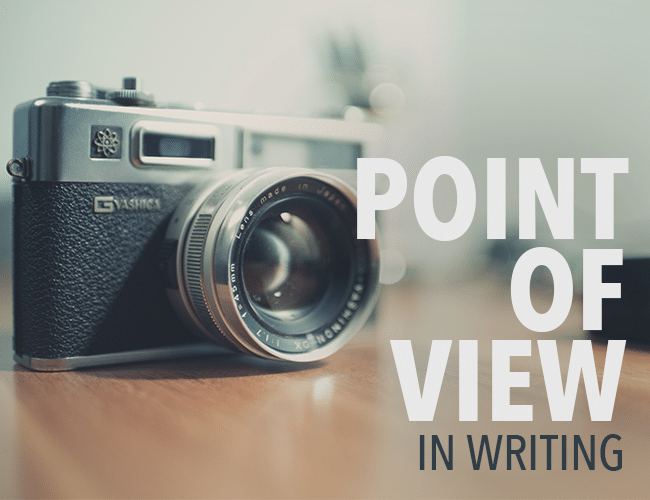
by Joe Bunting |
As an editor, point of view problems are among the top mistakes I see inexperienced writers make, and they instantly erode credibility and reader trust.
However, point of view is simple to master if you use common sense.
This post will define point of view, go over each of the major POVs, explain a few of the POV rules, and then point out the major pitfalls writers make when dealing with that point of view.
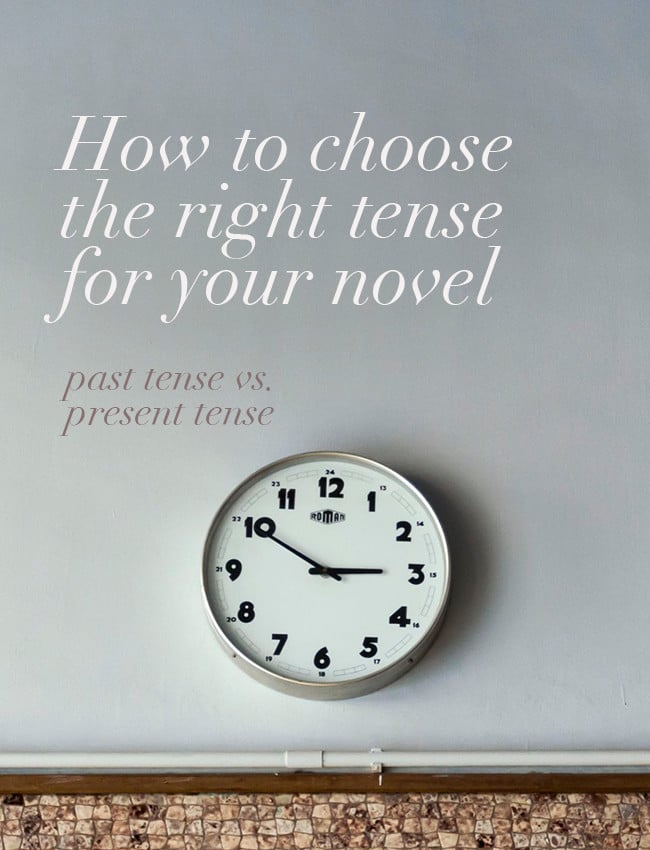
by Joe Bunting |
One of the first decisions you have to make when you’re writing a novel or short story is which tense to use. There are only two viable options: past tense or present tense.*
Which tense should you choose for your novel?
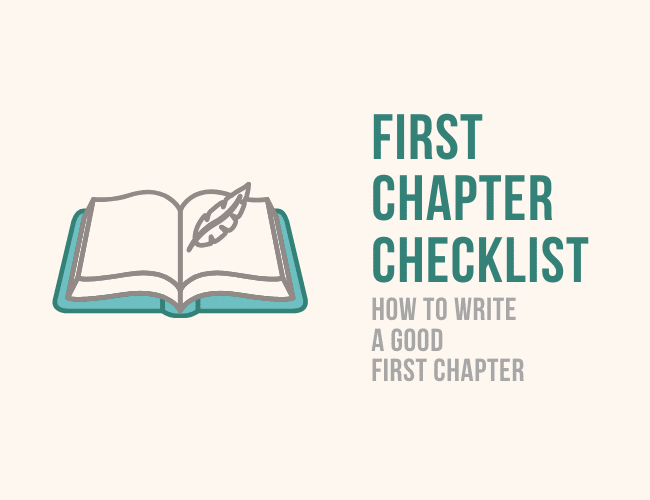
by Joe Bunting |
For the writer, there’s nothing harder than writing the first chapter and final chapter of a book. It is here that all of your perfectionism rears its ugly head calling for a full halt to your progress.
I’ve written and rewritten my first chapter dozens of times, and I’m not alone. Most writers struggle figuring out how to start their novel, and it makes sense. Your first chapter can make or break your book: with readers, agents, and publishers.
So then how do you do it? How do you write a good first chapter? In this post, I’m going to walk you through the ten things you need to accomplish in your first chapter, and give you a checklist that you can use in your novel.




